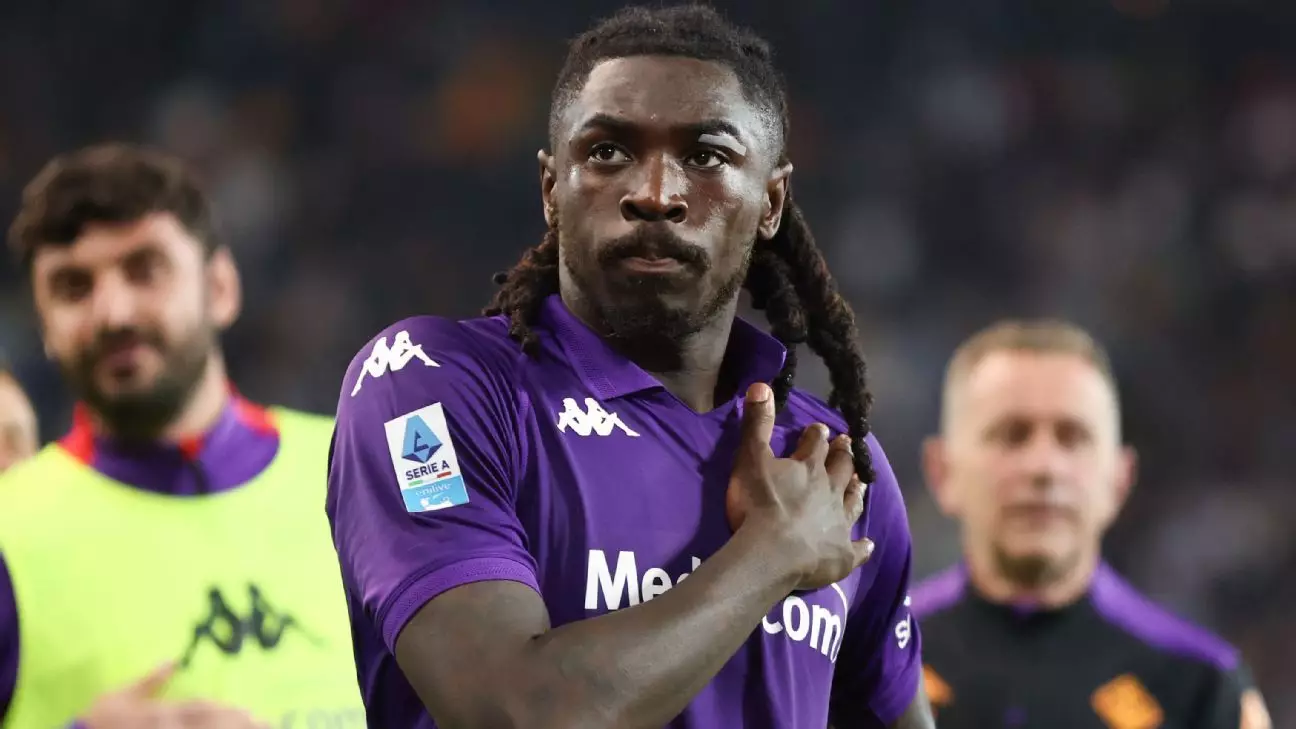As the summer transfer window gathers pace, Premier League clubs are maneuvering aggressively to bolster their squads with strategic signings. This season’s market reveals a fascinating mixture of calculated urgency, financial pressure, and complex player valuations that define modern football’s transfer ecosystem. Manchester United and Liverpool, two giants of English football, find themselves at critical crossroads, facing challenging decisions that could shape their immediate futures. Meanwhile, other European clubs and emerging markets continue to disrupt traditional pathways with bold moves and fresh targets.
Manchester United’s Crucial Choices: Mbeumo or Kean?
Manchester United’s transfer saga highlights the delicate balance top clubs must maintain between ambition and pragmatism. The Red Devils are reportedly pursuing Brentford’s Bryan Mbeumo, a dynamic winger whose £62.5 million valuation has firmly tested the club’s resolve and budget flexibility. Brentford’s rejection of a recent bid underscores the inflated prices skewing market logic today and forces United into tough deliberations on whether to escalate their offer or pivot to alternatives.
One such alternative is Fiorentina’s Moise Kean, a forward with a more affordable £44 million release clause but with a ticking clock, as the deal must close before mid-July. Kean’s profile—having plied his trade at Juventus, Everton, and PSG—brings pedigree but also a career that has yet to fully ignite. United treat him as a secondary target, which conveys an interesting narrative: while star signings capture headlines, clubs often strategize on versatile backups who can be pivotal in a long season. This dual approach embodies a modern prioritization of squad depth alongside marquee talent.
Liverpool’s Tactical Negotiations: Navigating Club Valuations
Over at Liverpool, transfer negotiations reveal the complexity of asset trading between clubs, where player valuations and strategic exchanges become critical leverage points. The Reds are exploring a swap deal involving promising winger Ben Doak and Crystal Palace defender Marc Guéhi. Guéhi, an England international, commands a hefty £50 million valuation by Palace, a figure Liverpool evidently deem excessive.
Inserting Doak, who has yet to establish himself in Liverpool’s first team but has potential nurtured by loans, into the transaction is a savvy attempt to narrow financial gaps and appeal to Palace’s interests. This move also signals Liverpool’s readiness to use squad players pragmatically in negotiations rather than relying solely on cash. Moreover, Doak’s expected exit reflects shifting developmental strategies by the club, balancing youth promises against immediate competitive needs.
Emerging Trends: Player Mobility Beyond Premier League Boundaries
The transfer market’s reach is increasingly global. Besiktas’s pursuit of Tammy Abraham exemplifies this trend. Abraham, after an underwhelming loan at AC Milan, appears ready for an Istanbul chapter, highlighting how players’ career revitalizations often emerge in less spotlighted leagues with ambitious clubs. Such moves not only reflect individual career recalibrations but signal evolving patterns where the traditional power dynamics between European leagues blur.
Simultaneously, Arsenal faces its own complexities with Thomas Partey’s impending contract expiration and departure. His measured approach to future prospects underlines both a player’s autonomy and the modern market’s unpredictability. Brentford’s preparation to step in with Christian Nørgaard underscores how clubs are capitalizing on transitional periods to forge competitive edges.
The Race for Young Talent and Contractual Clauses: A New Battleground
Midfielders like Borussia Mönchengladbach’s Rocco Reitz, targeted by West Ham, Brighton, and Fulham, show how release clauses function as chess pieces in transfer strategies. With a €20 million buyout clause and a recently extended contract until 2028, Reitz presents a complex proposition where financial incentives and player ambitions align precariously. West Ham’s pursuit reveals the relentless competition for young, promising talent that can be pivotal assets both on the pitch and in future transfer dealings.
Moreover, lesser-publicized transfers like Marcin Bułka’s move to Neom SC illustrate a growing trend of players and clubs tapping into emerging football markets. Sunderland’s late interest fading against Neom’s agreement highlights how financial muscle and strategic ambitions increasingly push football’s geography into new frontiers, reflecting broader commercial and sporting globalization.
All these moves collectively depict a transfer market driven not just by headline-grabbing purchases but by nuanced strategic decisions, financial constraints, and evolving club philosophies. Navigating this terrain demands agility, foresight, and, critically, an acceptance that the football transfer saga is as much about timing and negotiation as it is about talent acquisition. The summer of transfers thus far epitomizes football’s continual evolution where adaptability and shrewdness reign supreme.

